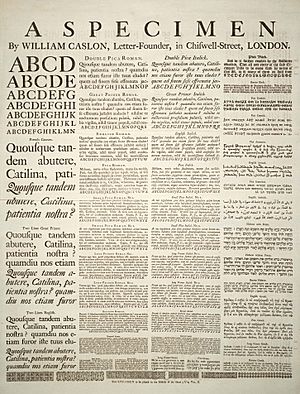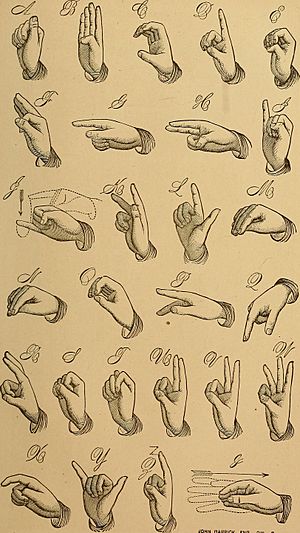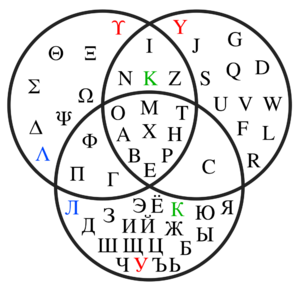Letter facts for kids
A letter is a symbol used in writing. It's part of an alphabet. Languages like English use letters. Each letter usually stands for a sound. When you speak, these sounds combine.
Some languages don't use letters. For example, Chinese uses "ideograms." These are symbols that represent ideas or words.
In English and many other languages, letters are the smallest parts of writing. We put letters together to make words. In some languages, like Spanish, one letter often makes one sound. This makes reading quite easy.
But in other languages, like English, things can be trickier. One letter might make several different sounds. Or, different letters can make the same sound. This can be confusing for people learning the language.
Here are some examples:
- In Spanish, the word feliz has 5 letters and 5 sounds.
- In English, the word happy has 5 letters but only 4 sounds.
The letter "a" in English can make different sounds:
- The "a" in "pad" sounds like /æ/.
- The "a" in "bar" sounds like /ɑ/.
- The "a" in "cake" sounds like /Ej/.
In Spanish, the "a" usually makes just one sound:
- The "a" in "gato" sounds like /a/.
English, French, Spanish, and many other languages use the Latin alphabet. In this alphabet, most sounds have two different letters: a capital letter (like "A") and a small letter (like "a"). Other alphabets, like the Cyrillic alphabet, often have only one main shape for a sound.
What Are Different Types of Letters?
There are about 26 main alphabets used around the world today. The most common ones are the Arabic, Cyrillic, and Roman (Latin) alphabets. Each alphabet has its own unique set of letters and ways of writing them.
Exploring Various Writing Systems
Different alphabets have different letters and ways of writing. Here are a few examples of how letters look in various scripts:
- Arabic alphabet: Written from right to left, it includes letters like ﺍ, ﺏ, ﺕ.
- Armenian alphabet: Features letters such as Ա, Բ, Ե.
- Cyrillic script: Used in languages like Russian, with letters like А, Б, В.
- Greek alphabet: An ancient alphabet with letters like Α, Β, Γ.
- Hebrew alphabet: Also written from right to left, with letters like א, ב, ג.
- Latin alphabet: The one you know best: A, B, C, D, E, F, G, H, I, J, K, L, M, N, O, P, Q, R, S, T, U, V, W, X, Y, Z.
- Hangul: The Korean alphabet, which looks very different, with symbols like ㄱ, ㄲ, ㄴ.
- International Phonetic Alphabet (IPA): This is a special alphabet. It has symbols to show the exact sound of every spoken language. Scientists and language learners use it.
To learn more about other writing systems and their letters, you can check out the List of writing systems.
Related pages




